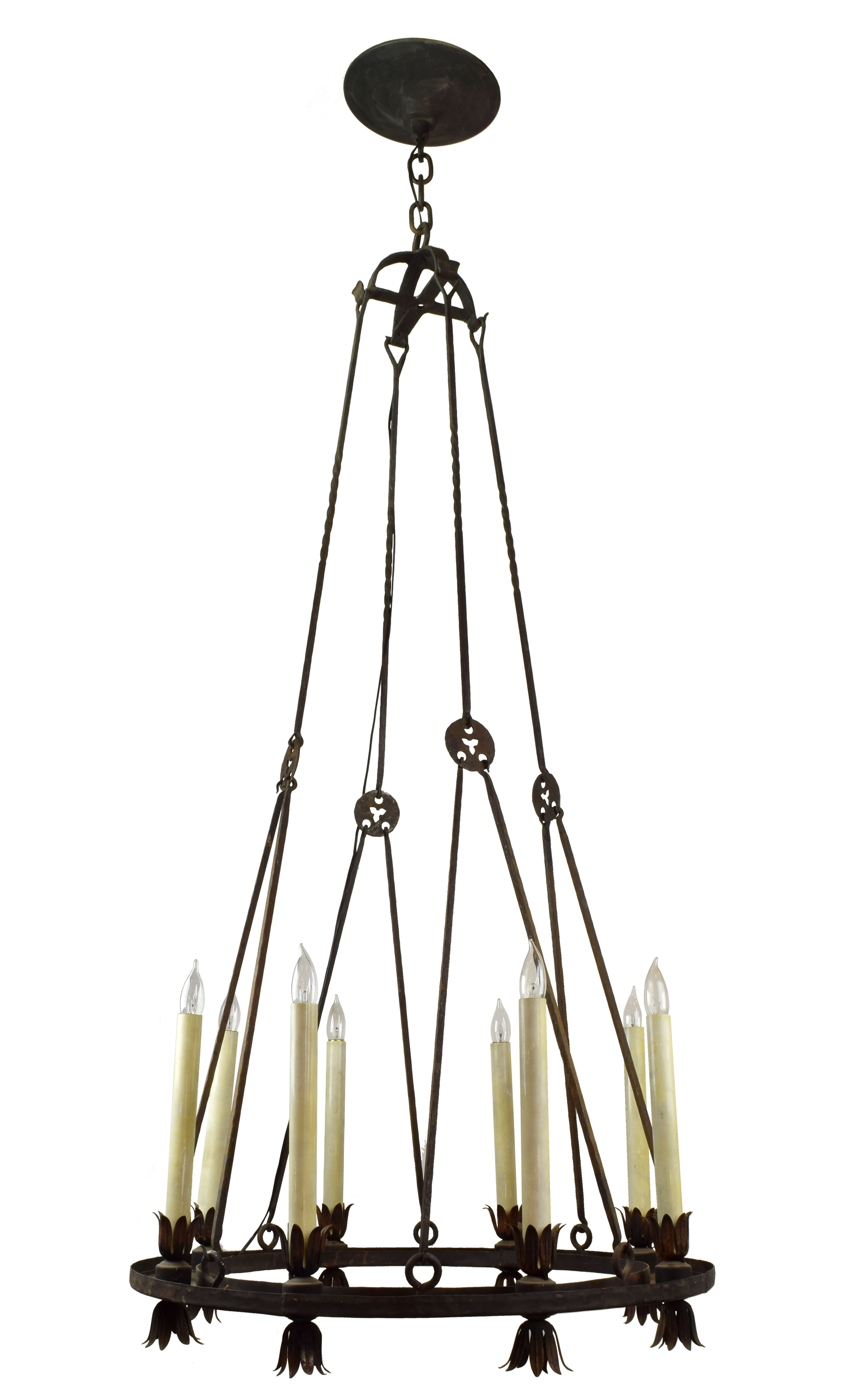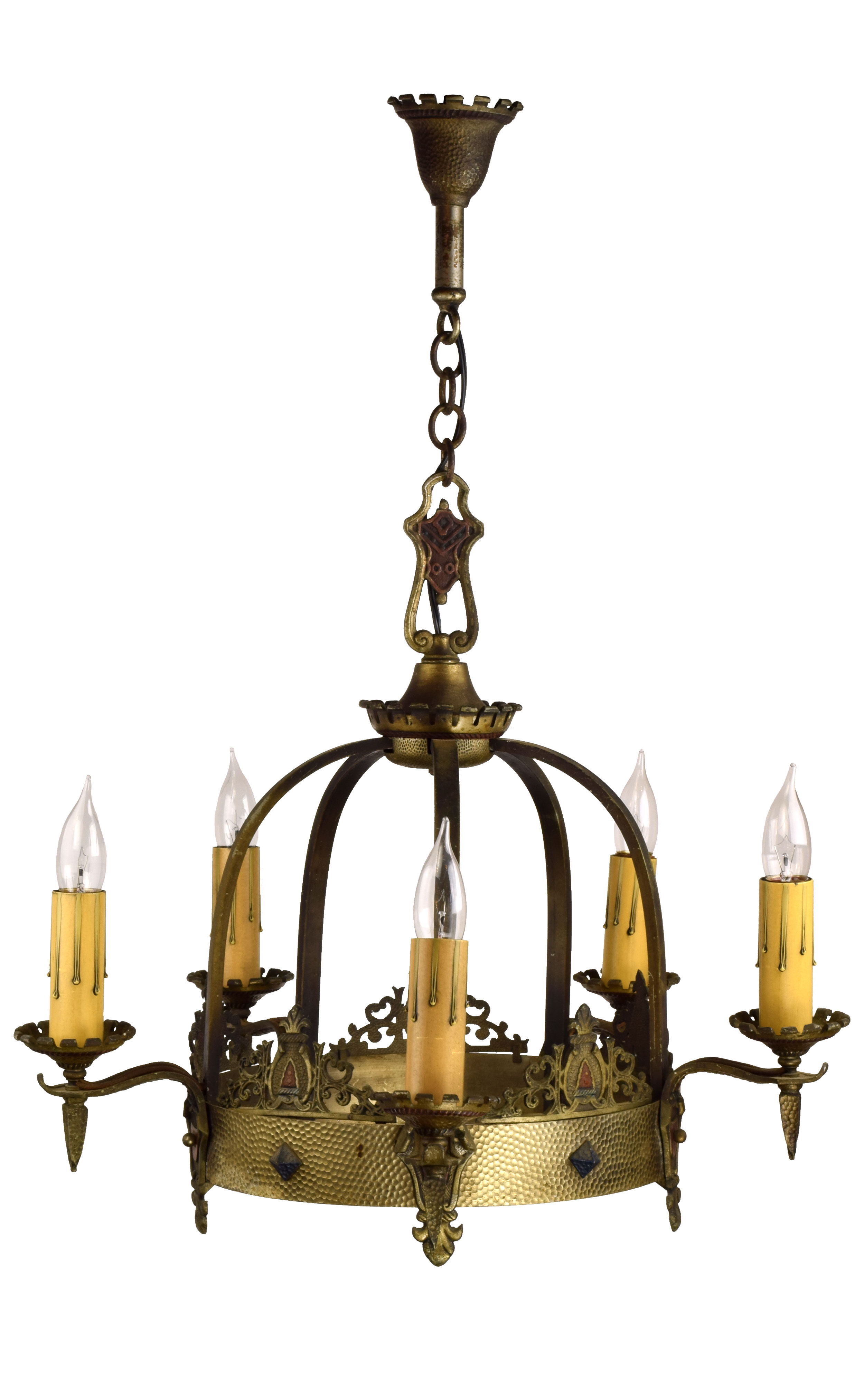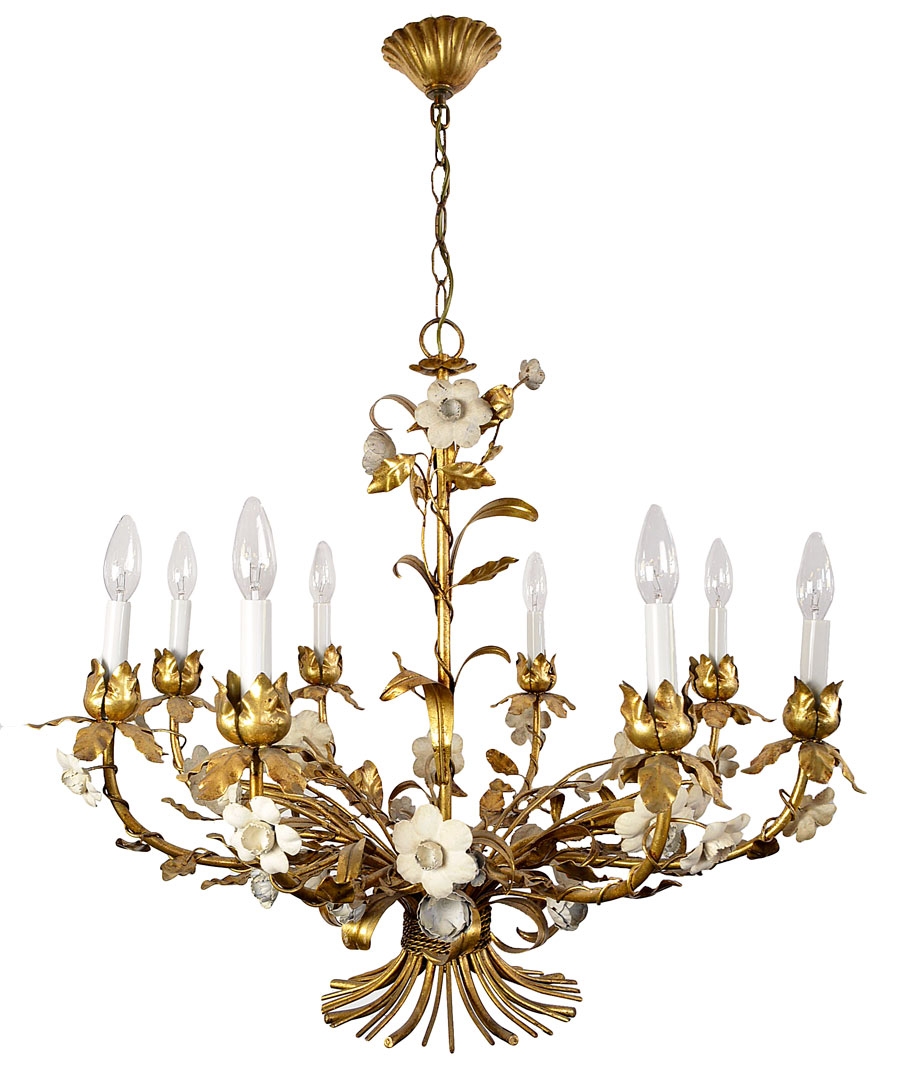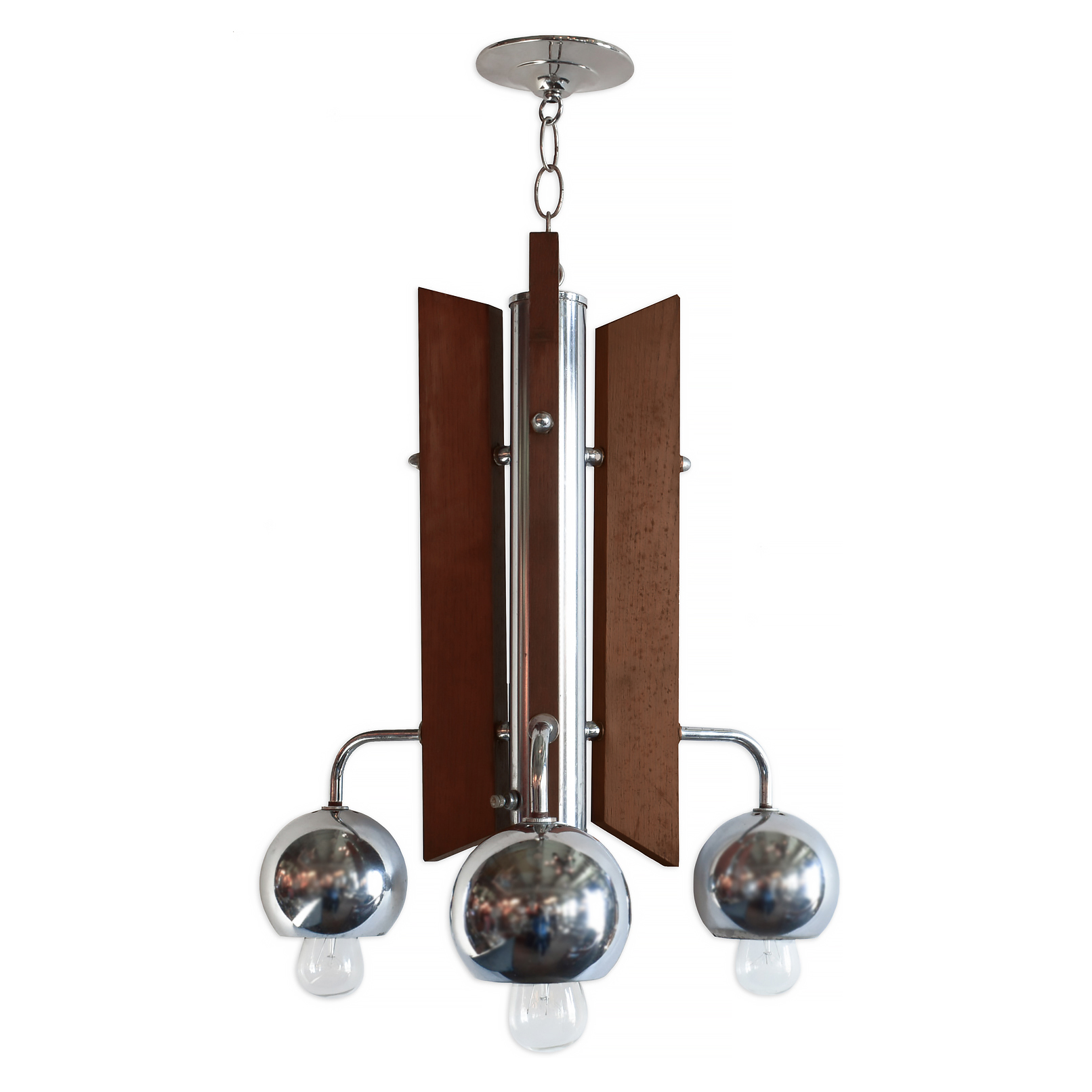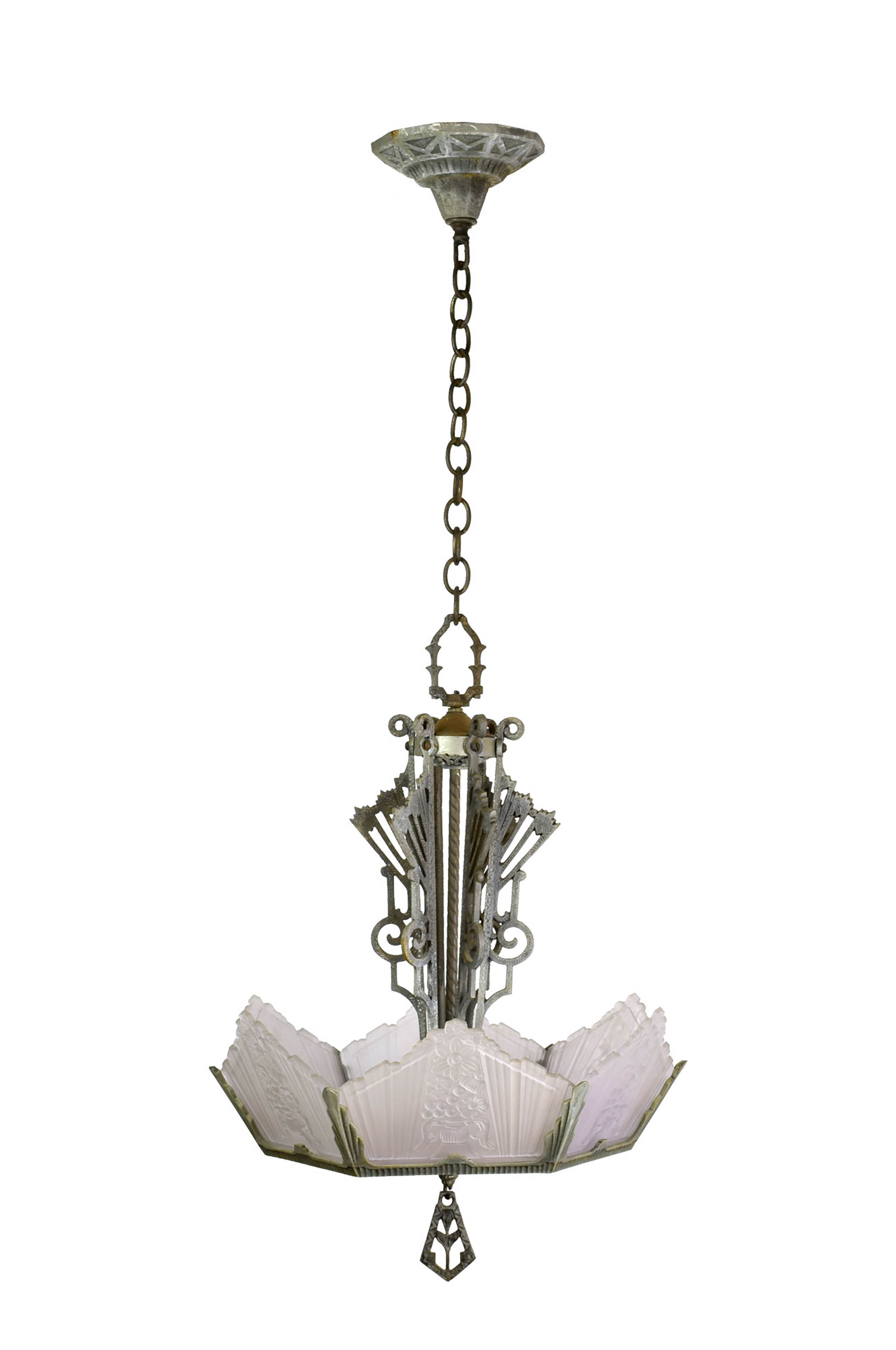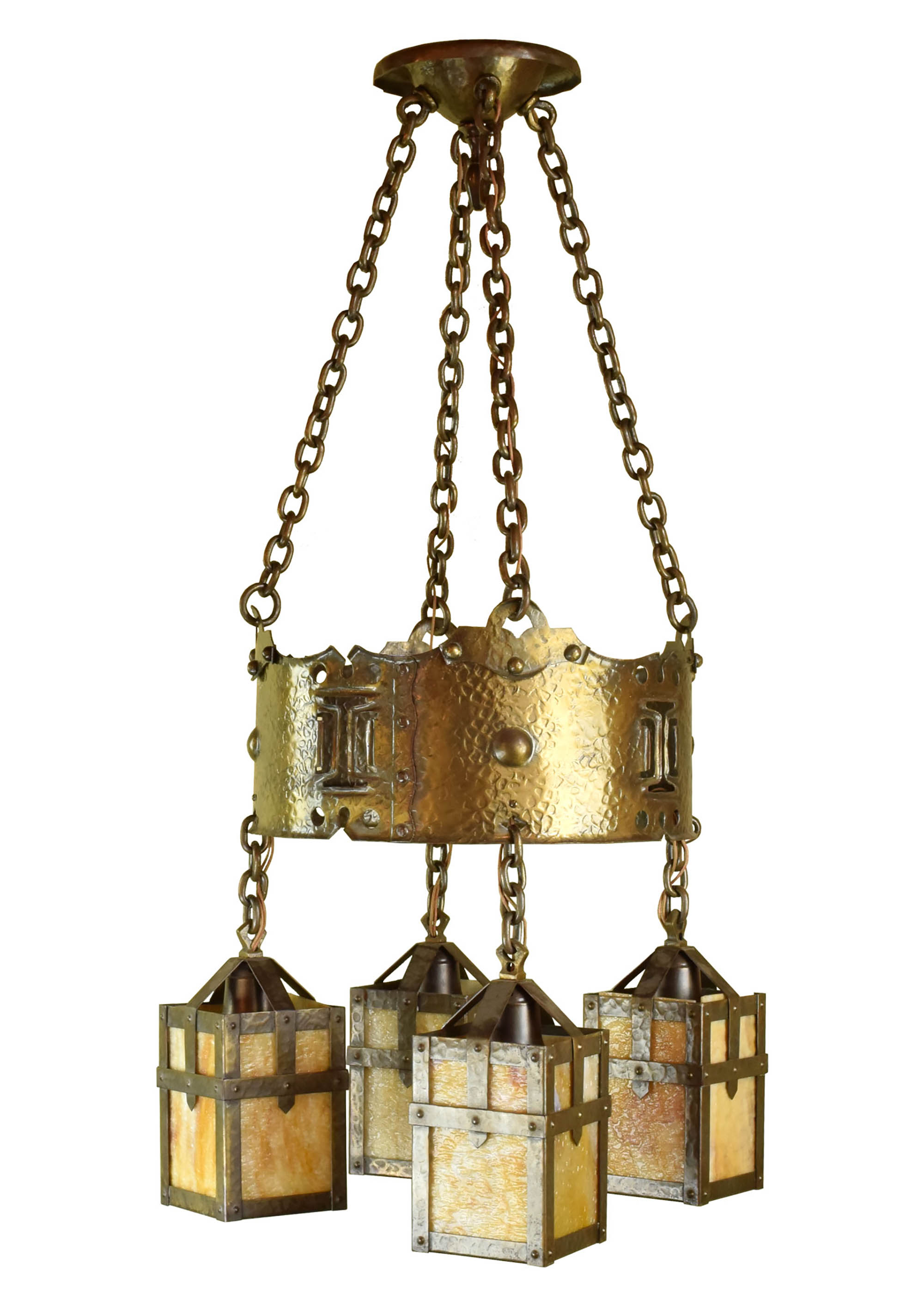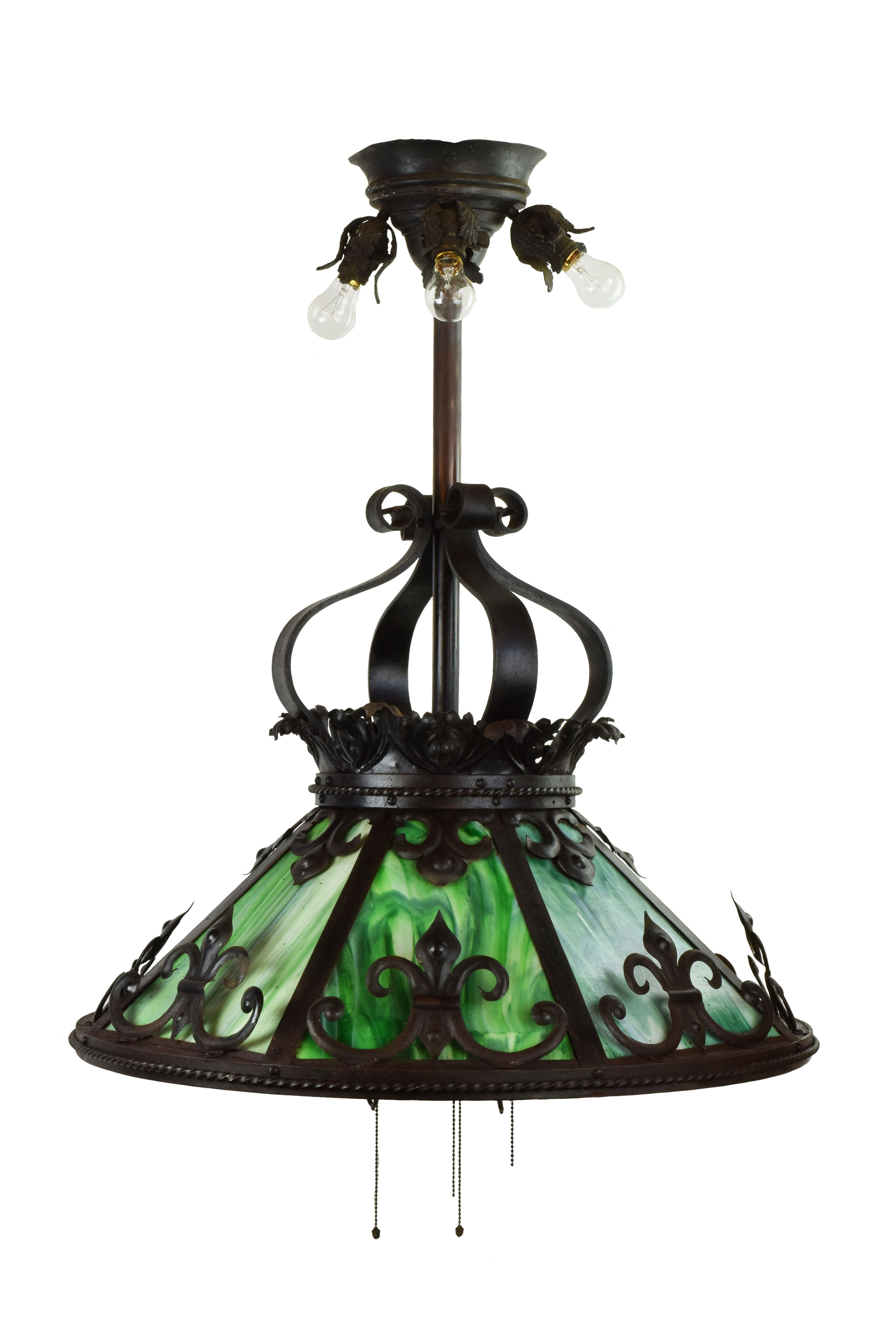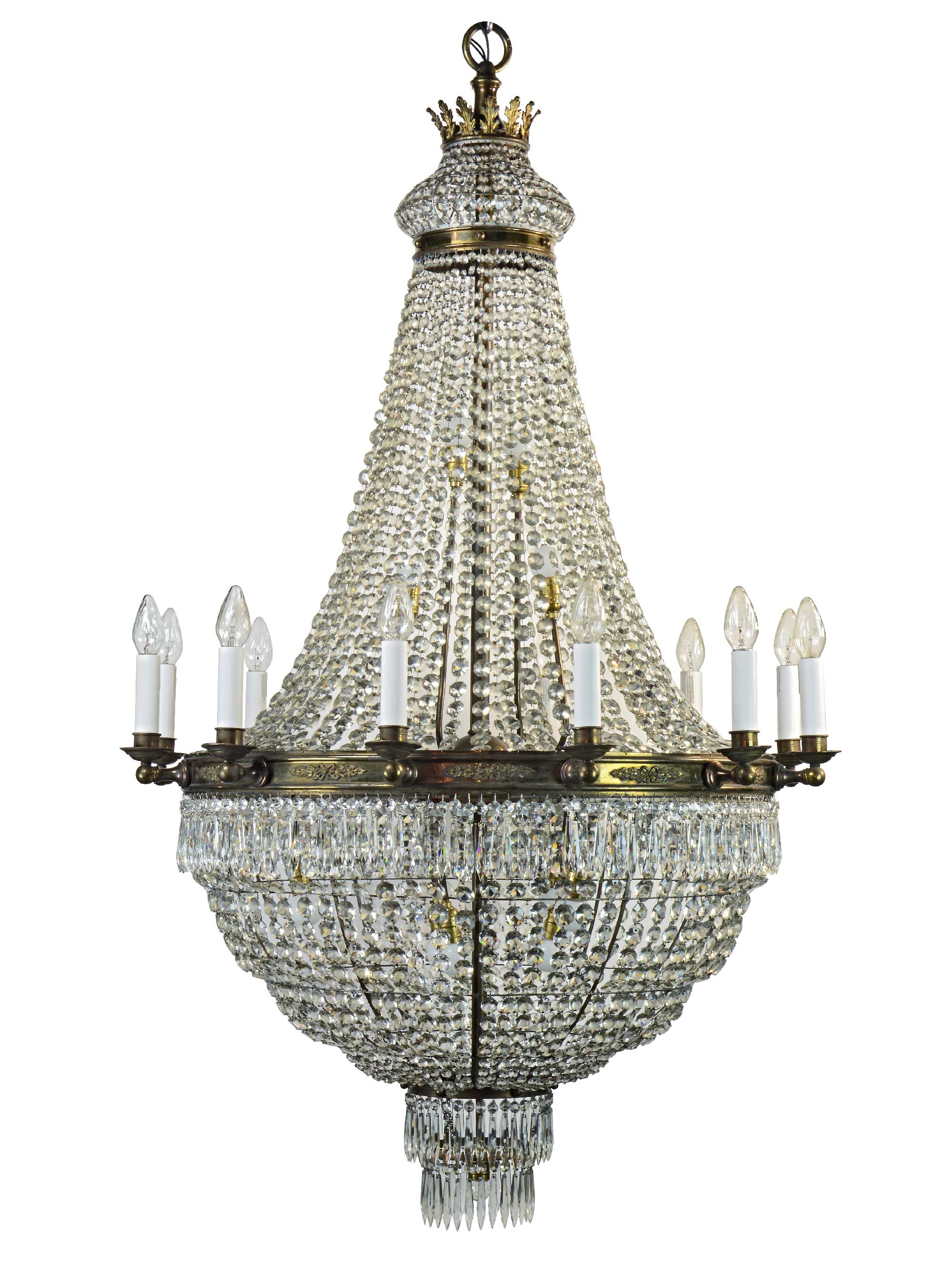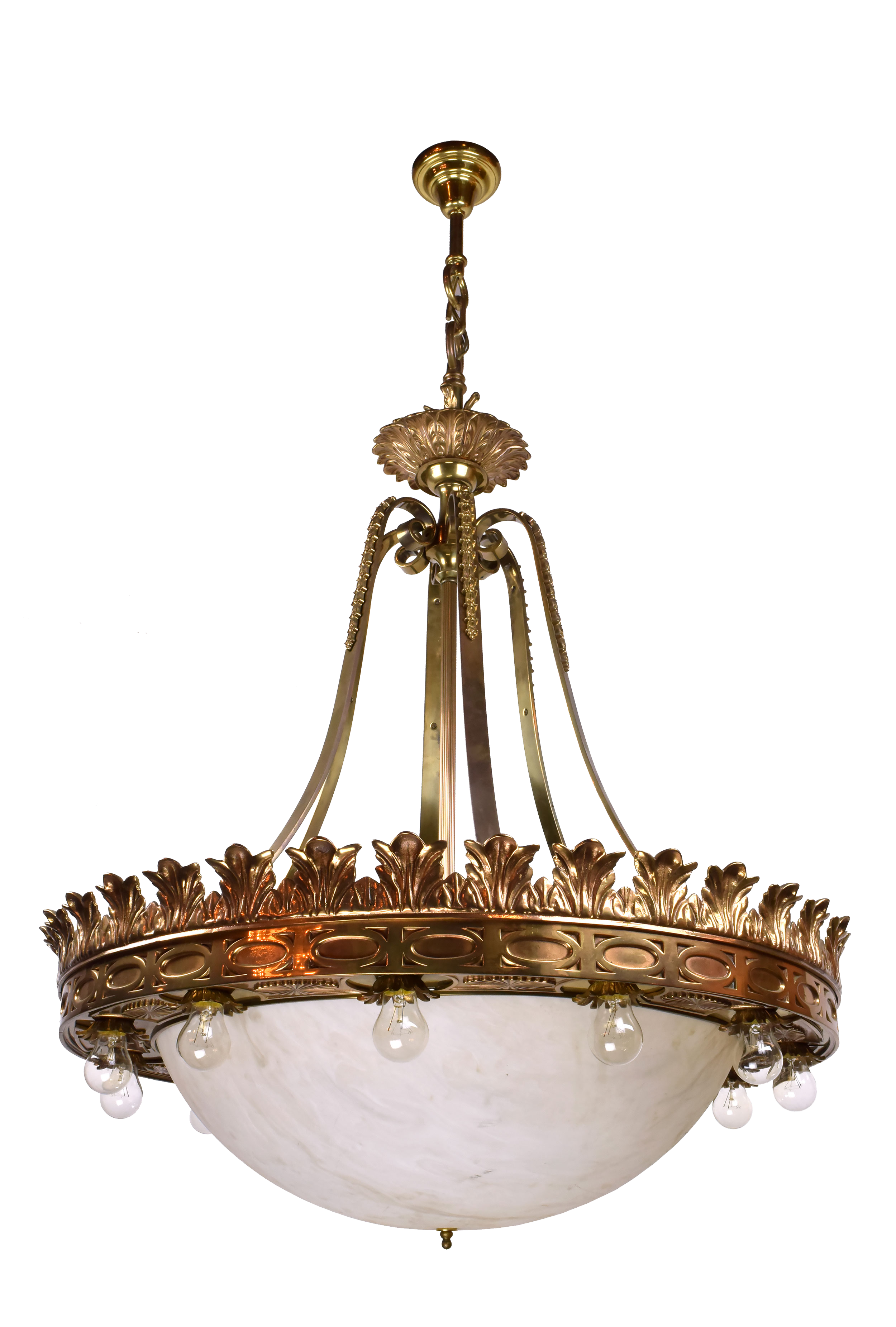Minimalist Color Schemes
/In today's design field, less is more. Designers are opting for modest styles, cleaner lines, and fewer distracting decorations. Throughout this trend to simplify interior spaces, designers have also pared down on the number of colors they implement. Most commonly, this means that the color palette includes tints and tones of two or three colors, with occasional accents of another color.
This type of color scheme was recently used by LDK First Impressions, in a kitchen featuring our art deco pendants. The space primarily consists of black, white, and grey, with brown accents. The effect is a simple, yet cozy space for cooking and entertaining.
Photos courtesy of Jean Milton







